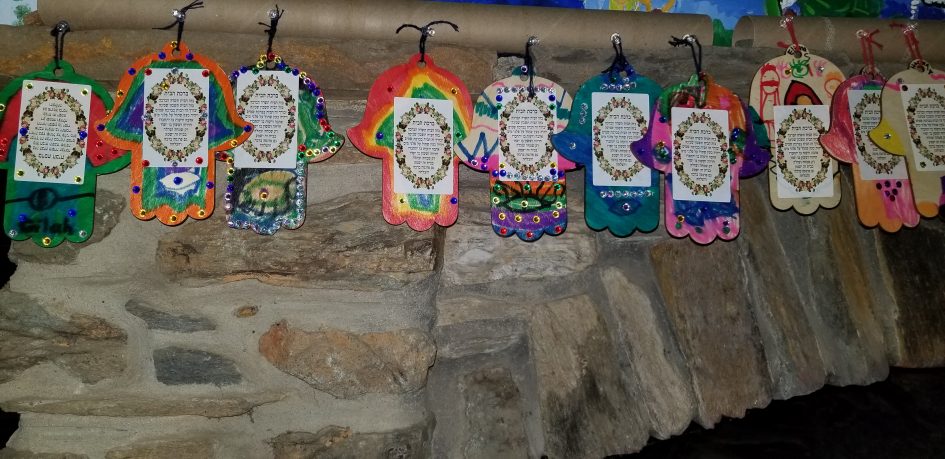D’var Torah – Parshat Toldot: Wrestling With Our Past for a More Connected Future

“The Torah is like a fig tree that has multiple crops. Each time one returns to the tree one finds new fruit.” Eruvin 54a
This text in Eruvin reminds us that the Torah’s messages are not limited to one moment in time. As life and circumstances change, our new experiences make way for new understanding. This week, in Parshat Toldot, I digested the story of Jacob and Esau in a completely new light.
For the past few months, I have taken part in an initiative, hosted by National Ramah, to improve our Diversity, Equity and Inclusion practices. One track of our learning is a book club on “Me and White Supremacy: Combat Racism, Change the World, and Become a Good Ancestor,” by Layla Saad. The book asks us to address the white privilege and white exceptionalism within as an effort to create change and facilitate healing. It is challenging but necessary work to build awareness of our own complicity in racial injustice.
Saad talks about how early the seeds of white superiority are planted. She references a 2010 doll test that asked white and black children, as young as four, about cartoons that resulted in white bias among both groups.
The idea that bias begins early is also ingrained in this week’s parshah. We are introduced to Jacob and Esau in utero. Expectations for who they are and will be are stated before they are even born. We read that Jacob is seemingly perfect (tam) and Esau has red hairy skin. Esau is destined to serve Jacob in the future. It was particularly striking to me that the first attribute we learn about Esau is his skin color. When the boys are born, Jacob is gripping Esau’s heel, perhaps to hold him back. In other words, Esau is portrayed as monster-like and Jacob as his worthy subjugator. In reading this, I wondered what my own tradition is teaching about Jacob’s exceptionalism and Esau’s otherness. I was disturbed.
The dynamic between the twins shows that Jacob is instantly setup with privilege. He is more loved by his mother and described as the divinely worthy inheritor. Later, when Jacob steals the birthright from Esau, the reader believes he deserves it.
Luckily, the story does not end here. Two parshiot later, Jacob wrestles with an angel – symbolic of his inner struggle – just prior to reconciling with a willing and open Esau. The text teaches that we need to wrestle with our inner demons if we are going to reconcile with those we have hurt.
The parshah reinforces for me that we must struggle with our own privilege and exceptionalism. We should ask ourselves, what are the biases that have been instilled in me from a young age, even at birth? What have I been told about myself and others that leads to feelings of exceptionalism and superiority, conscious and subconsciously? How do these biases lead to privilege at the expense of others?
Jacob and Esau were twins, tangled in the womb and connected at birth. The parshah reminds us that we are all intertwined. Our task is to figure out how our thoughts, structures and actions impact others. If we are ever going to truly embrace, we must first wrestle. Shabbat Shalom.